Some technological inventions that have changed the world
Technology is changing at a rapid pace today. Are you keeping track of all these innovations? Technology has created entire ecosystems around itself that we barely even notice anymore. Sometimes, we don’t even realize that some of our favorite apps or devices have changed since they came out. Even though we are always connected to the Internet, we often don’t know where it ends.
Google Glass Explorer Program, June 2013:
The Glass Explorer program was launched in June 2013 to get feedback and gather data on what users want from wearable technology and how it can be used in different situations. This program lasted until 2015 and provided access to Glass for a limited time for people who wanted to give it a shot.
Facebook M, November 2013:
This app allowed users to create “mood boards” (collections of photos). Users could set up mood boards with specific topics like travel, food, art, etc., and then share them with friends.
Pinterest, October 2010:
In 2008, two Stanford University students named Evan Sharp and Paul Sciarra started an image-pinning website called Pinspirer. They quickly grew their website so much that it was acquired by Yahoo! in late 2012.
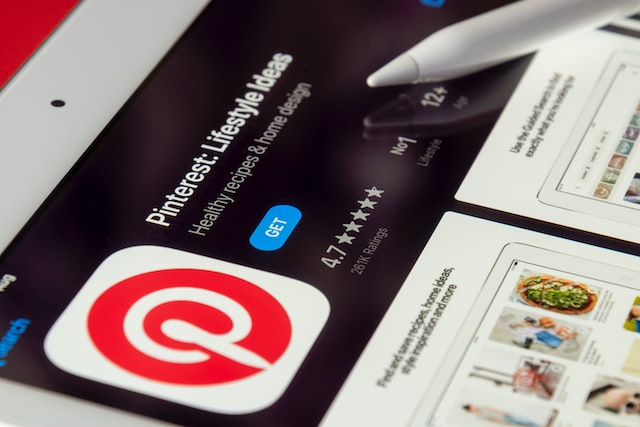
Amazon Prime, November 2016:
Amazon offers free 2-day shipping for all eligible orders. Items ship within 1–5 days if they haven’t sold out. For people living in certain areas, this service has become a necessity because it’s far cheaper than other shipping services. Also, customers get unlimited streaming content through Prime Video and music through Unlimited Music.
Instagram, April 2011:
Instagram is one of the most popular social media platforms online. It allows its users to take pictures and add filters before sharing them on the site. People also use Instagram to post videos. It is owned by Facebook and is currently available as both a web application and a mobile app.
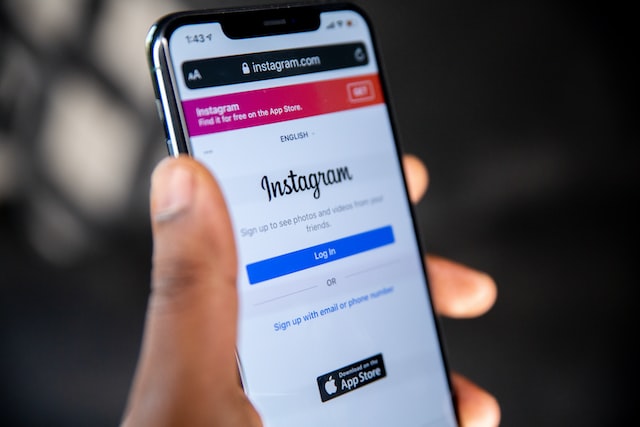
Facebook Messenger, July 2014:
Messenger was originally known as Facebook Chat but was rebranded in mid-2014. Currently, it is the messaging app used by more than 800 million people every month. You can send texts, draw stickers, record voice notes, and more.
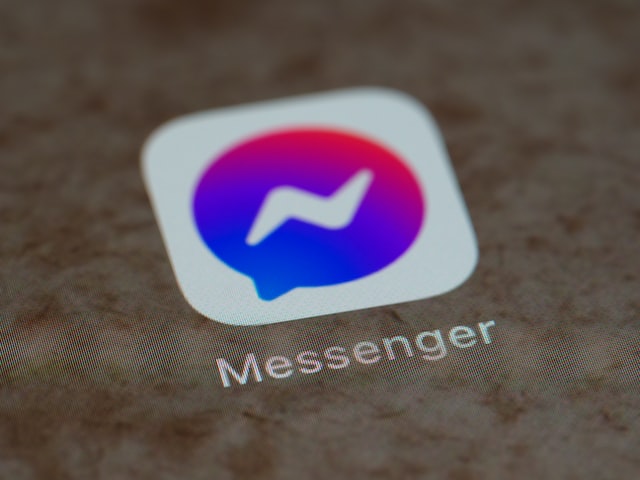
Snapchat, August 2011:
Snapchat began as a photo-messaging app that let the user snap a photograph and write a caption for it. Then, the recipient would receive the picture along with the caption and only see the picture until he/she opened the message, after which point they would see the full picture. Later, Snapchat added video calling capabilities.
Twitter, March 2006:
Before the launch of Twitter, individuals were using SMS text messages to communicate with each other instead of sending emails. Then, Jack Dorsey and Biz Stone developed an instant messaging tool so that people could talk back and forth in real time via the Internet.
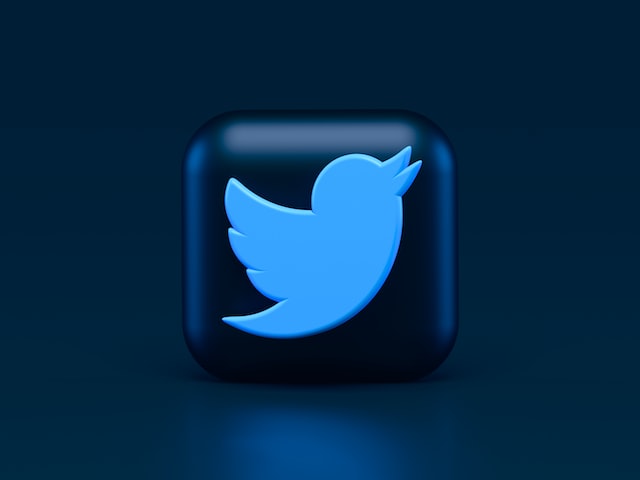
Youtube, February 2005:
Originally, YouTube was just meant to be a place where individuals could upload and watch movies. But now, it’s used as a platform for everything including vlogging, live streaming, and video blogging.
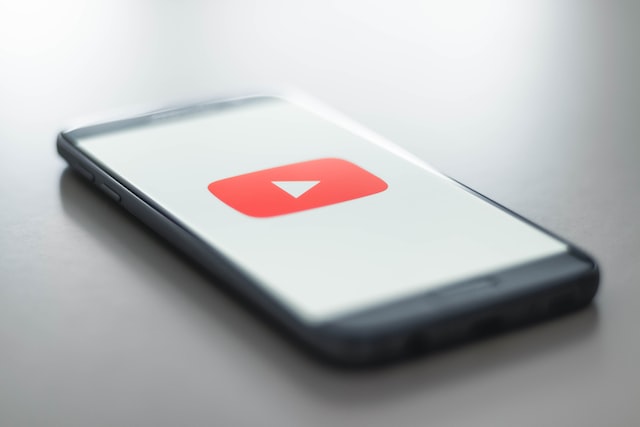
Conclusion
From software development to cyber security, artificial intelligence to machine learning, we now live through technology. Whether you want to create a mobile application, write Android code, design your next TV show, or build drones, technology plays a fundamental part in your life.

